MRU aviation marks 55 years with new hangar
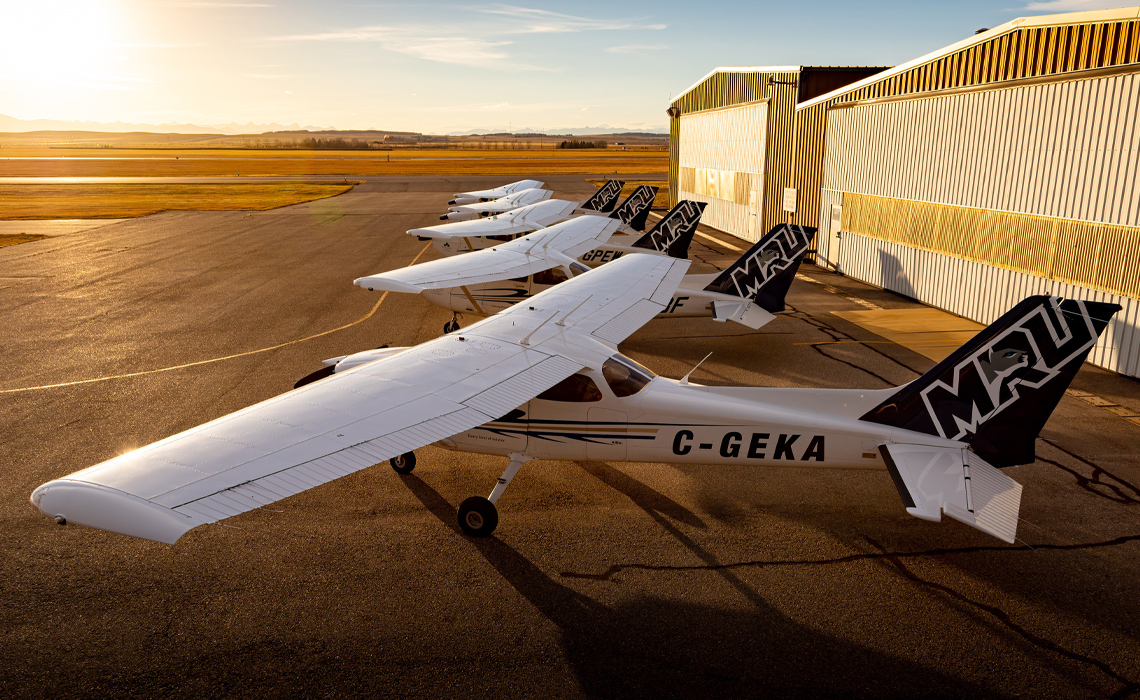
This fall, Mount Royal is celebrating 55 years of aviation education with a 3,400-square-metre facility at Springbank Airport. Officially opened on Oct. 3, the new campus is the result of a collaborative vision between government, private philanthropy, the aviation industry and MRU leadership working together with faculty, staff and students, to shape the future of aviation education and meet industry demand.
Supported by $3 million from PrairiesCan, a $1.5-million gift from the late aviation pioneer Ken Lett and provincial funding, the hangar reflects how far the program has come. It features classrooms, study spaces and dual hangars large enough for the current fleet — with room to grow.
“The new campus is an investment in the future of Alberta’s aviation industry,” says Dr. Tim Rahilly, PhD, MRU’s president and vice-chancellor. “It provides our students with a learning environment that matches their ambition and positions Mount Royal to meet the growing demand for skilled pilots across Canada.”
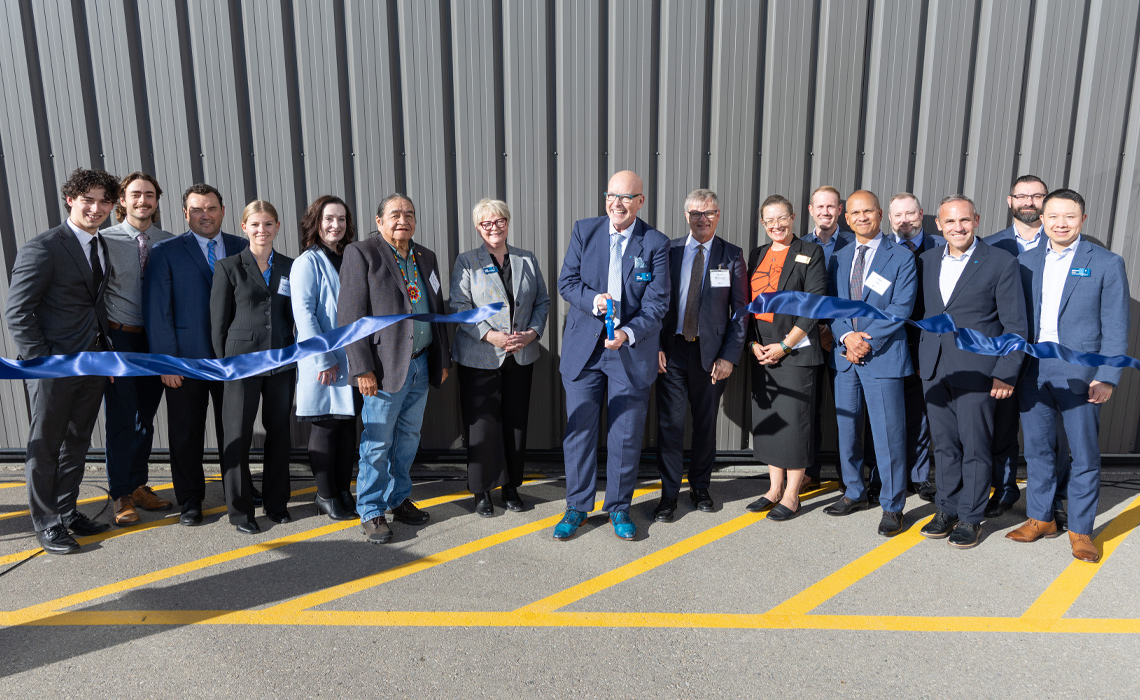
For students, the benefits are already clear. “With more space for aircraft and equipment, the new hangar allows greater access to flying opportunities and helps us progress through training more efficiently,” says Kacy Cameron, a student in MRU’s Aviation Diploma program. “It also provides a hands-on environment that reflects the professional world we’re preparing to enter.”
The opening links a modern facility with a long tradition of flight education in Calgary. It also reinforces MRU’s role as a Canadian leader in aviation, building on a legacy that has been growing for more than five decades.
From training base to classroom
Long before Mount Royal offered a diploma in aviation, the land the University now occupies already had wings. During the Second World War, the area that would become MRU’s Lincoln Park campus hosted the Currie Barracks Airport, home to the No. 3 Service Flying Training School, part of the British Commonwealth Air Training Plan.
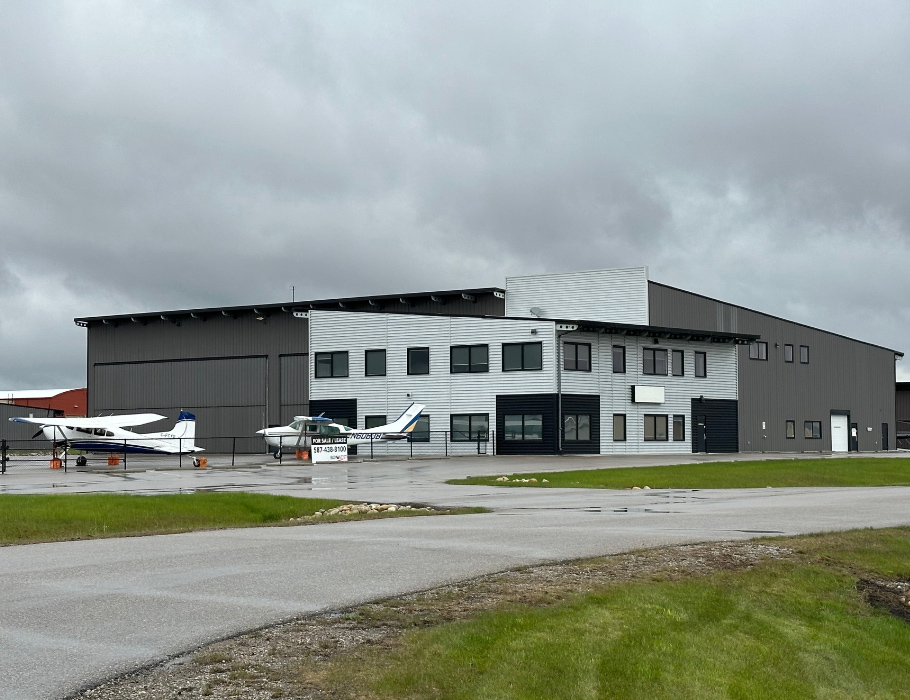
From 1940 to 1945, the school trained thousands of pilots for the war effort. With six facilities and three triangular runways, it was one of the largest training schools in Canada. Alberta’s vast skies and relative isolation made it ideal for the purpose, and the program’s disciplined, high-stakes approach helped shape the province’s aviation culture.
Decades later, in 1970, Mount Royal launched the Aviation Diploma in direct response to a national pilot shortage. Backed by Calgary’s aviation community and instructors steeped in Royal Canadian Air Force tradition, the program quickly earned a reputation for excellence. Academic courses were housed in the Department of Math and Physics, while flight operations ran out of Springbank Airport.
In 1972, the downtown college relocated to the Lincoln Park campus, bringing aviation education full circle to its historic roots.
The legend of Paddy Graham
One of the program’s most influential early figures was Francis “Paddy” Graham, a pilot and instructor whose energy and passion helped shape Mount Royal’s aviation identity. He passed away while in Ireland in 1982, after which the Springbank hangar was renamed in his honour and a scholarship was created in his name.
Graham’s adventurous spirit lives on in stories like the 1974 Great Belvedere Air Dash, a coast-to-coast vintage aircraft race meant to revive the barnstorming spirit of the 1920s and ’30s. Flying an old RCAF Chipmunk trainer with Calgary Herald journalist Don Whiteley, Graham navigated across Canada using only paper maps, a compass and a keen sense of direction. They finished second overall.
“It was quite an experience,” Graham told the Calgary Herald at the time. “There is much to be learned in this type of event.”
Steady climb
Over the decades, Mount Royal’s aviation program modernized its fleet and curriculum. By the early 2000s, it was training a new generation of commercial pilots on more advanced aircraft and systems.
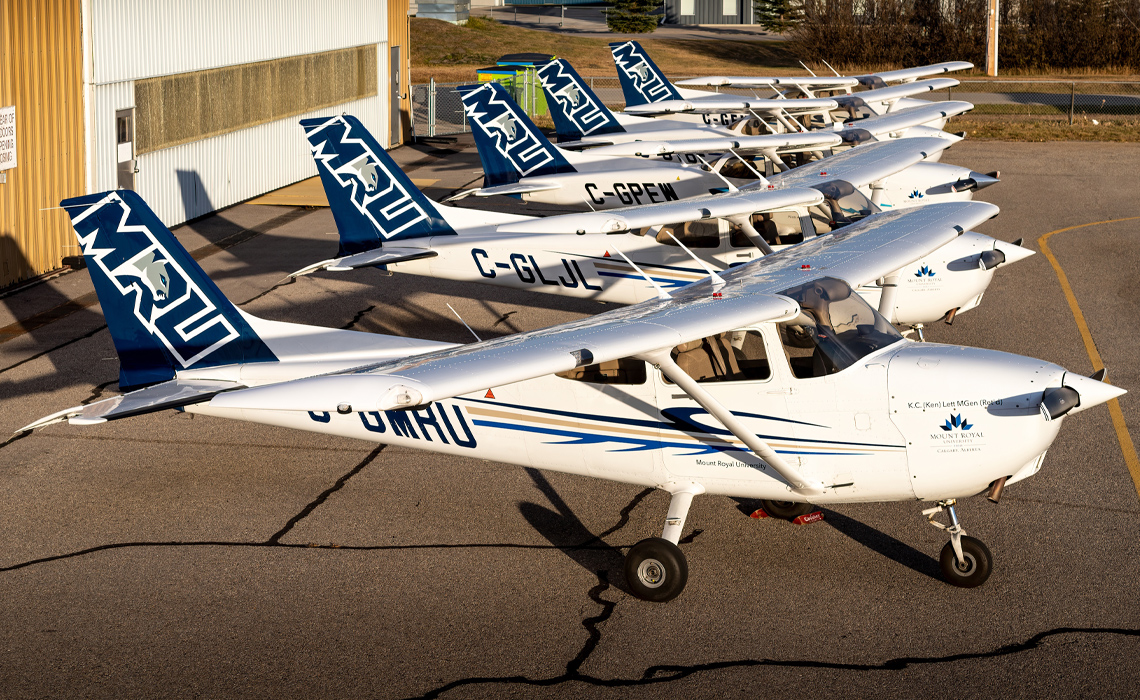
The college’s transition to university status in 2009 was a major turning point, offering expanded academic scope and resources. In 2012, MRU upgraded its fleet to include four Cessna Skyhawks and three twin-engine Tecnam trainers equipped with cutting-edge glass cockpit avionics.
Growth also opened doors to new partnerships. In 2023, Mount Royal joined forces with Canadian North to help train the next generation of Indigenous pilots. The collaboration includes a nomination program allowing Canadian North to recommend up to 10 per cent of annual aviation admissions, conditional job offers for successful graduates and financial support to reduce barriers for Inuit students.
Future-focused, rooted in industry
Another milestone came in 2024 with the launch of the Bachelor of Aviation Management. The four-year program blends business theory, leadership training and policy education with flight training. It was a strategic addition that recognizes the growing complexity of aviation careers and the value of preparing students for a range of roles across the industry.
“The aviation industry has made it clear that it needs graduates who can pair aviation expertise with business knowledge,” says Dr. Kelly Williams-Whitt, Transport Canada accountable executive and dean of the Faculty of Business, Communication Studies and Aviation. “Launching the degree was an important step because it builds on Mount Royal’s strong reputation and alumni network while opening pathways to leadership roles across the sector.”
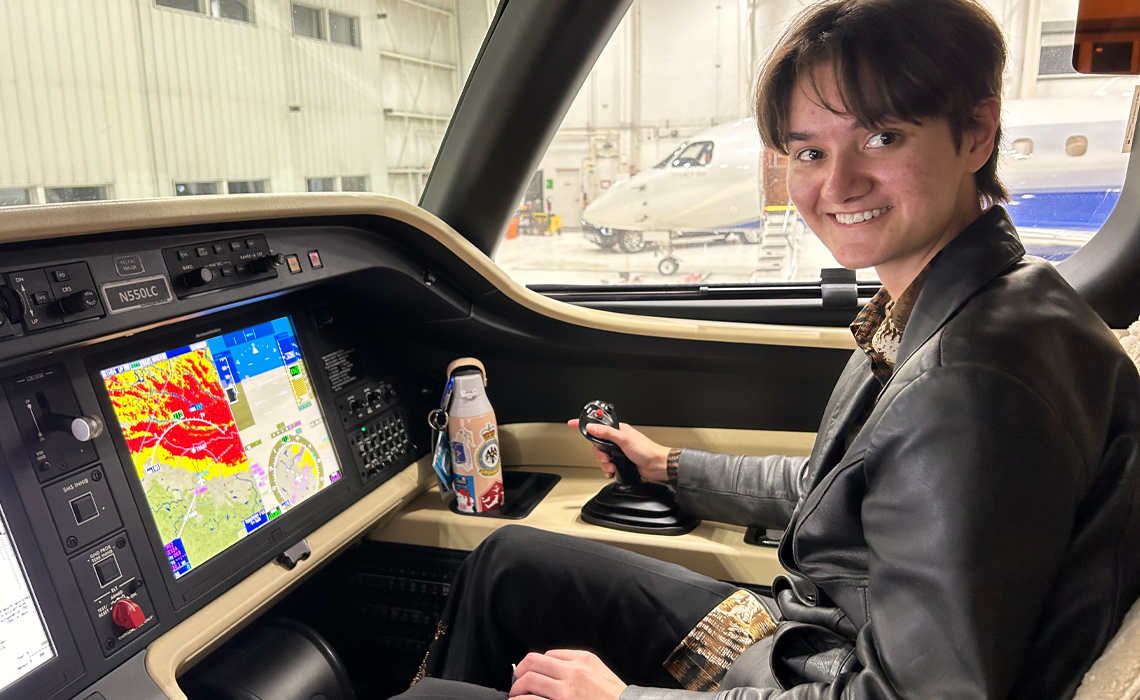
That same future-focused spirit drives the University’s latest partnership. On Sept. 10, the Government of Alberta, WestJet, CAE and Calgary Economic Development announced the creation of the Alberta Training Centre of Excellence — a 15-year, multi-million-dollar agreement that names MRU as the post-secondary partner. The first of its kind in Canada, the facility will be built in Calgary and combine advanced professional training equipment with collaborative research and development activity.
This partnership strengthens Alberta’s aviation ecosystem while ensuring MRU students have access to industry-leading opportunities for training and innovation.
Weathering headwinds
The program has also faced challenges. In 2017, the program lost two revered instructors in a training accident. The devastating event reverberated through the close-knit community.
MRU responded by grounding the fleet, raised altitude minimums, replaced its twin-engine aircraft and rolled out a new safety reporting system. The changes sparked a culture shift toward greater transparency and continuous improvement.
In the year that followed, applications to the program increased — a powerful show of trust in the program’s integrity, resilience and future.
Honouring Ken Lett
The new aviation campus also pays tribute to Ken Lett (1923 – 2024), whose generosity and vision helped make it possible. A decorated Second World War Spitfire pilot, major-general in the Royal Canadian Air Force and later president of Executive Flight Centre, Lett was inducted into the Canadian Aviation Hall of Fame in 2023 at the age of 100.
At MRU, his legacy lives on in scholarships, bursaries and now the Ken Lett Horizons Room, a classroom at the new hangar dedicated in his name. Known for saying it “filled his heart with joy” to support students pursuing their own love of aviation, Lett was particularly committed to opening doors for those from diverse backgrounds. His final gift played a pivotal role in bringing the new campus to life.
Anchored in legacy
Since 1970, more than 1,000 students have earned their wings through Mount Royal. Alumni now fly for carriers across Canada and around the world, with many returning as instructors or mentors to guide the next generation with the same standards and sense of community they experienced themselves.
“Looking ahead, I’m most excited about the day I become an airline pilot,” says Cameron. “Mount Royal’s program has given me the flying skills, professionalism and leadership training I’ll need, and it’s connected me directly with industry professionals who can help me get there.”
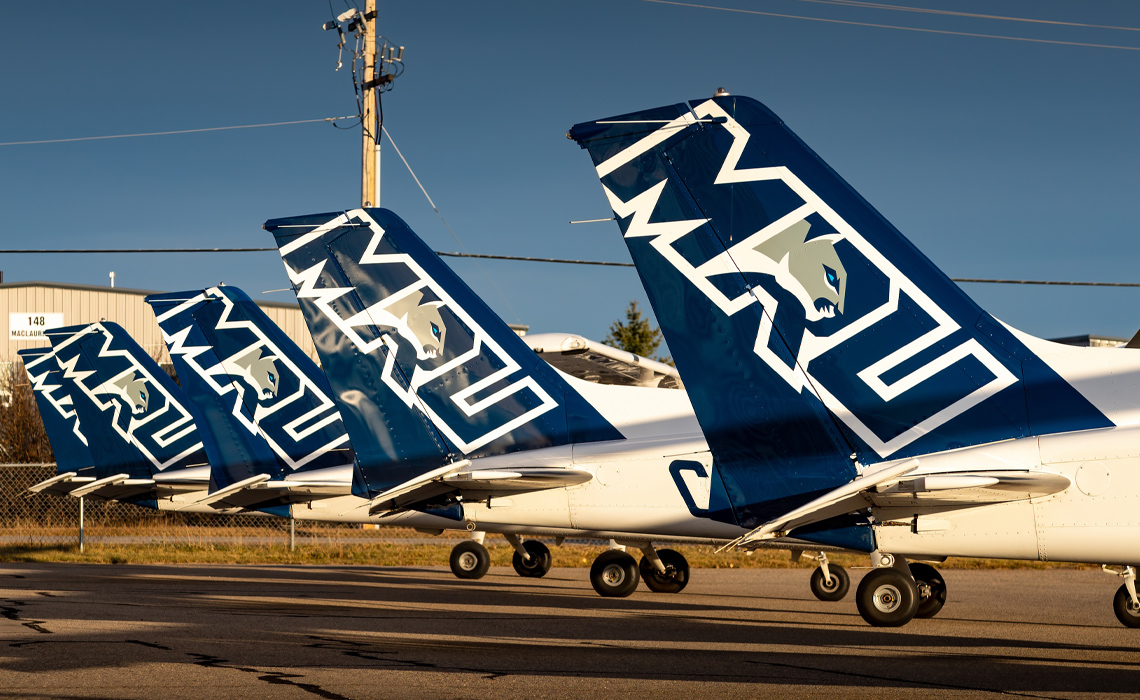
Her words echo what the new hangar represents: not just a place to learn, but a launchpad for future careers. More than a modern teaching space, it is a statement of intent, built on partnership. Made possible through government funding, private philanthropy, industry support and the dedication of the MRU community, the facility advances simulation-based learning, strengthens safety practices and supports a growing student body.
It is a modern home for a legacy that began with runways laid in wartime and a program shaped by air force veterans and barnstormers alike. Because in aviation, as in education, where you’re going matters. But so does where you came from.

